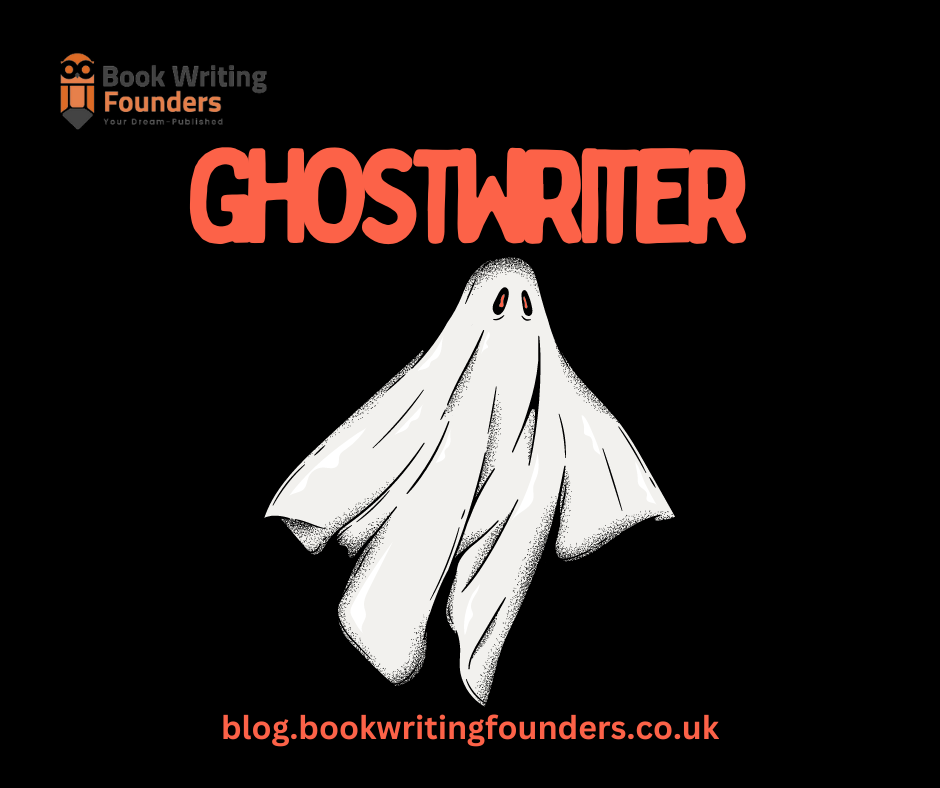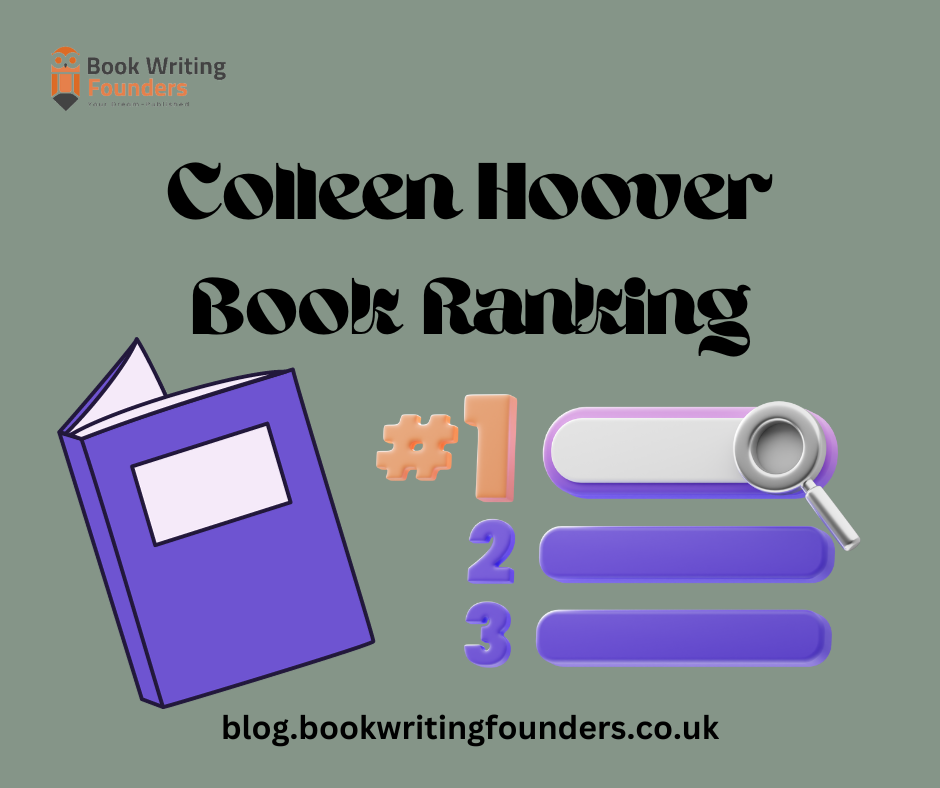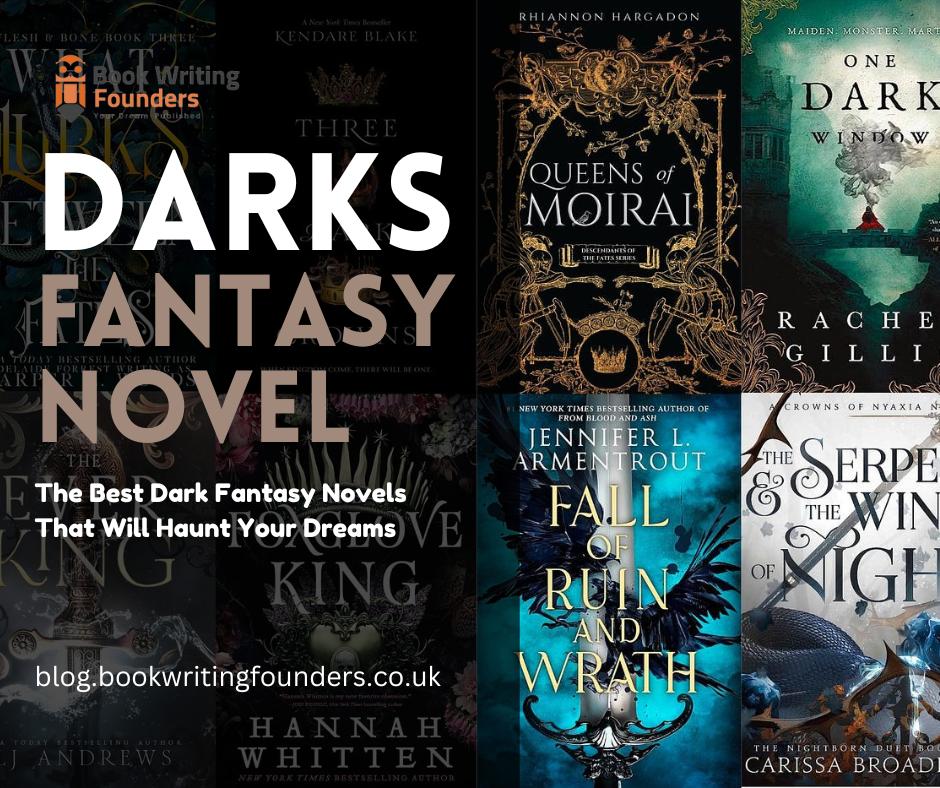
Writing
Introduction
An autobiography is a wonderful opportunity for a person to share their unique life story. Anyone can write it, but it’s usually written by someone famous or someone who has done something important.
Writing is an excellent way to tell people about yourself, your family, and your friends. If you’re interested in different forms of writing, explore our post on What Does a Medical Writer Do. You can also use it as an example of how you grew up and what things were like when you were younger.
Tips for Writing an Autobiography:
To begin writing your autobiography, you’ll need to collect some important moments, people, and places from your life. These can be photos, videos, or letters you’ve received from friends and family members. You may also want to include notes from important events in your life, such as birthdays or graduations.
For example, start with your birthday and think about what kind of person you were five years later, then again ten years later – and so on. It is a great idea to finish your book in the present time and what you are doing now.
Remember that it is important to use many details when describing people, places, and events. It will help you to make the most captivating story for your future readers.
Follow the below-mentioned tips:
1- Determine Your Purpose:
Before you begin writing, it’s essential to determine its purpose. Are you writing for yourself, for your family and friends, or for a wider audience? Knowing your purpose will help you decide what to include and how to structure it.
2- Brainstorm Your Life Experiences:
Once you have a clear purpose, start brainstorming your life experiences. Think about significant events, people, and places that have shaped who you are today. Write down as many details as possible, including dates, locations, and emotions.
3- Create an Outline:
With your life experiences in mind, create an outline for your autobiography. Divide your life into significant periods or events and use these as the basis for your chapters. Within each chapter, include specific details, such as conversations and descriptions, to bring your story to life.
- Start by writing about your childhood. Think about what was happening when you were growing up and what kind of things impacted your life.
- Then move on to more specific details about your life that you want to include in your autobiography. This can be done by using templates or sentence starters (such as “When I was a child…”) and questions that help guide your writing process (for example: “What do I remember about my childhood?”).
- Write about what is going on in your life right now, from your hobbies and interests to where you live and work.
- Finally, look back on everything that has happened in your life so far and think about how it has shaped who you are today.
4- Write Your First Draft:
Now that you have a plan, you may go on to drafting the first draft. Don’t stress about perfect language and sentence structure just yet. Concentrate on putting your ideas on paper. Remember to be honest and authentic in your writing, as readers will be able to tell if you’re not.
5- Revise and Edit Your Work:
After you have written your first draft, it is time to go back and make any necessary changes. Read through your autobiography carefully and look for areas that need improvement. Try to check and remove spelling and grammatical errors, and make sure your writing flows smoothly.
6- Add Photos and Memorabilia:
Adding photos and memorabilia can be an excellent way to enhance the concept. If you’d like more information on visual storytelling, you can read our article on How to Return a Book on Audible. Including pictures of yourself, family members, and significant events can help bring your story to life. Additionally, including other memorabilia, such as letters, postcards, or ticket stubs, can add a personal touch.
7- Consider Hiring a Professional Editor:
If you’re struggling with the editing process or feel your writing could use professional help, consider hiring a Book Writing Founders UK professional editor. An editor can provide objective feedback on your work and help you improve your writing.
Best Examples of an Autobiography:
Below are the best examples of an autobiography:
1- “The Autobiography of Benjamin Franklin.”
Benjamin Franklin’s autobiography is considered a classic in American literature and history. The book is divided into two parts, with the first section written in 1771 and the second added in 1784. This provides a detailed account of Franklin’s life, from his childhood in Boston to his rise as a successful printer, author, inventor, and statesman.
One of the most notable aspects is his focus on self-improvement. Throughout the book, he discusses his efforts to cultivate virtues such as temperance, industry, and humility and his commitment to using reason and empirical evidence to guide his thinking.
2- “Narrative of the Life of Frederick Douglass, an American Slave.”
Frederick Douglass’s autobiography is a powerful indictment of the brutal system of slavery that existed in the United States in the 19th century. The book provides a firsthand account of Douglass’s experiences as a slave, including his harsh treatment, his efforts to educate himself, and his eventual escape to freedom.
The book is also notable for its eloquent prose and its condemnation of the hypocrisy of American society, which claimed to uphold the values of freedom and democracy while denying those same rights to millions of enslaved people.
3- “The Story of My Experiments with Truth.”
Mahatma Gandhi’s autobiography is a spiritual and political memoir that chronicles his life and his efforts to promote nonviolent resistance to achieve social and political change. The book provides a detailed account of Gandhi’s philosophy, which was deeply influenced by Hinduism and the teachings of Christ, as well as his role in India’s struggle for independence from British colonial rule.
Gandhi’s emphasis on self-discipline, nonviolence, and the pursuit of truth has inspired generations of activists and social reformers worldwide.
4- “I Know Why the Caged Bird Sings.”
It is a powerful and deeply personal account of her childhood experiences of racism, trauma, and sexual abuse. The book also chronicles her triumph over adversity as she becomes a successful writer, poet, and civil rights activist.
“I Know Why the Caged Bird Sings” is notable for its vivid descriptions of Angelou’s experiences and its unflinching honesty and courage in the face of overwhelming obstacles. The book has become a classic of African-American literature and a testament to the resilience of the human spirit.
5- “The Diary of a Young Girl.”
Anne Frank’s diary is a poignant and heartbreaking account of her experiences as a young Jewish girl hiding from the Nazis during World War II. The book provides a firsthand account of the fear, anxiety, and hope that characterized life in hiding, as well as Anne’s reflections on her identity and dreams for the future.
The diary has become a powerful symbol of the Holocaust and a testament to the human spirit in the face of unimaginable suffering.
6- “Long Walk to Freedom.”
Nelson Mandela’s autobiography is a monumental work that chronicles his lifelong struggle against apartheid and his eventual rise to the presidency of South Africa. It provides a detailed account of Mandela’s experiences as a political prisoner and his efforts to promote reconciliation and democracy in post-apartheid South Africa.
“Long Walk to Freedom” is notable for its emphasis on forgiveness, compassion, and the power of hope in the face of oppression. The book has become a classic of political memoirs and a testament to the transformative power of leadership and perseverance.
Essential Elements and Detailed Insights
| Stage | Description | Examples/Tools |
|---|---|---|
| Determine Purpose | Define the intent behind your autobiography – personal, family, or public. | “The Autobiography of Benjamin Franklin” |
| Brainstorm | Reflect on significant life events, people, and places. | Mind-mapping software |
| Outline | Create a structured plan of your life’s main chapters. | Outlining tools like Scrivener |
| First Draft | Start writing without worrying about perfection. Focus on the narrative. | Word processors like Microsoft Word |
| Revise & Edit | Refine your draft, enhancing clarity, and fixing errors. | Grammar checkers like Grammarly |
| Add Visuals | Incorporate photos, letters, and other memorabilia. | Scanning apps, digital photo tools |
| Professional Review | Consider getting feedback from an editor for an unbiased perspective. | Book Writing Founders UK, freelance editors |
Key Takeaways:
There are many tricks to writing an autobiography, but the most important thing is being honest with yourself and your readers. You must want to share your experiences with others and be willing to share your good and bad qualities. To explore more about sharing personal experiences through writing, take a look at our post on How to Write a Copywriting Brief That Helps. Your autobiography should inspire others to live a better life.





